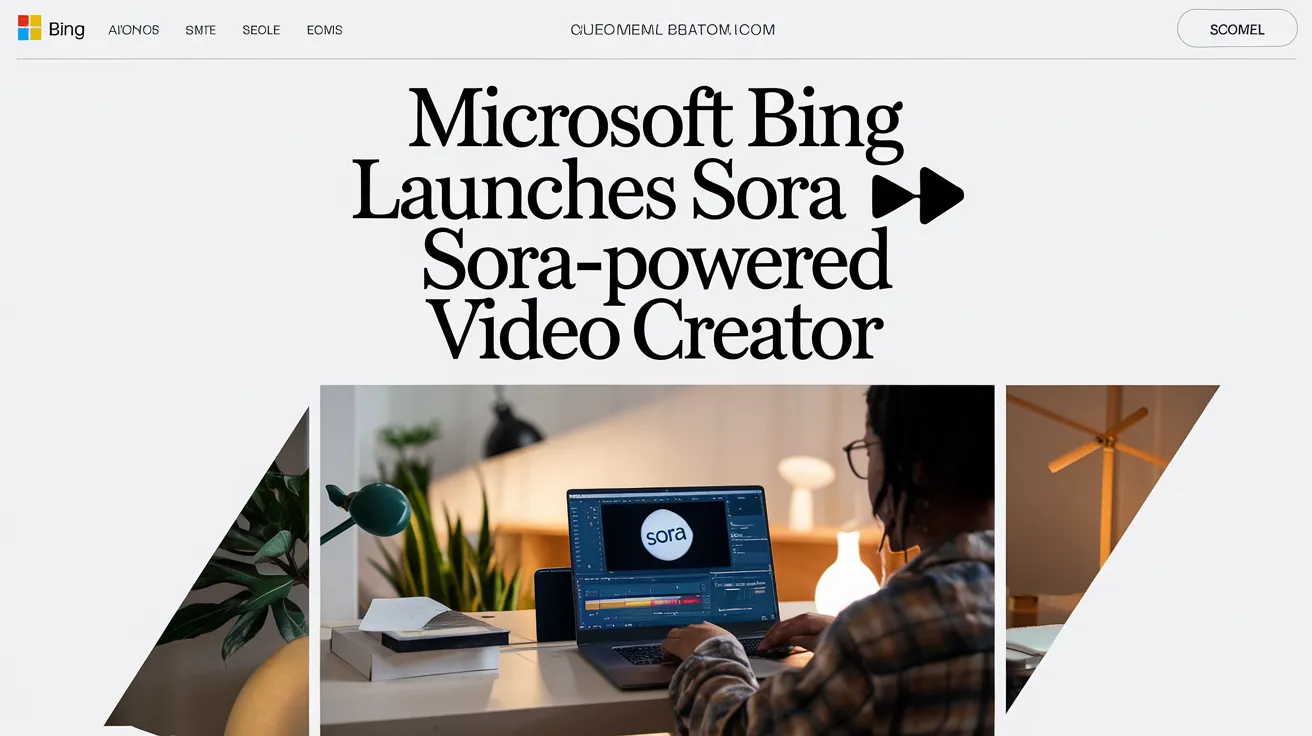Microsoft Bing Launches Sora-Powered Video Creator

On June 2, 2025, Microsoft Bing made an exciting announcement regarding the introduction of the Bing Video Creator, which harnesses OpenAI’s Sora model to enable users to generate videos from text prompts. This development signifies a significant expansion of Bing’s capabilities, leveraging AI technology to make video creation accessible to a broader audience.
Access to Sora’s Technology
OpenAI has previously restricted access to its Sora model for video generation to paying customers, making this rollout in Microsoft Bing the first instance where it will be available for free to users. This move reflects the ongoing collaboration between Microsoft and OpenAI, further integrating advanced AI solutions into mainstream applications.
Usage and Limitations
Currently, the Bing Video Creator is not available on desktop platforms, and users may experience lengthy video generation times, even in the “fast” mode, which is expected to speed up the process. Users must log in with a Microsoft account to access this feature, allowing them to create up to ten video clips without charge. After this limit, generating additional videos will require payment in Microsoft Rewards points, which can be earned through Bing searches or purchases from the Microsoft Store. For example, users earn five points for each PC search conducted on Bing, with a daily cap of 150 points.
Video Generation Features
Users can queue up to three video generations, each generating a maximum of five seconds of content at a time. Currently, the videos can only be produced in a vertical 9:16 aspect ratio, a design likely aimed at optimizing sharing on social media platforms like TikTok and Instagram. However, Microsoft plans to expand this feature to include horizontal uploads in the near future, broadening the scope of the platform for various content creators.
This innovation by Microsoft Bing marks a significant step in making AI-driven video content creation more accessible and user-friendly, aligning with the current trends of rapid video sharing among users. As users experiment with this technology, it will be fascinating to see how it influences content generation and sharing across digital platforms.